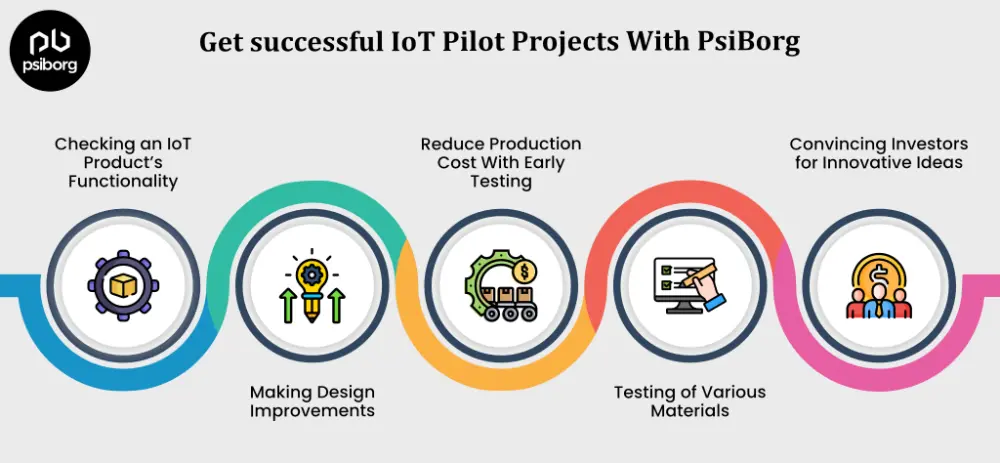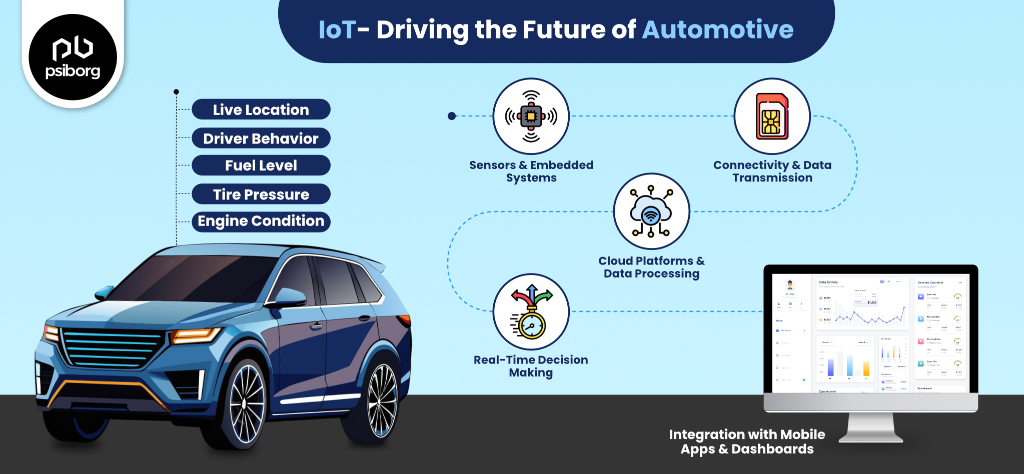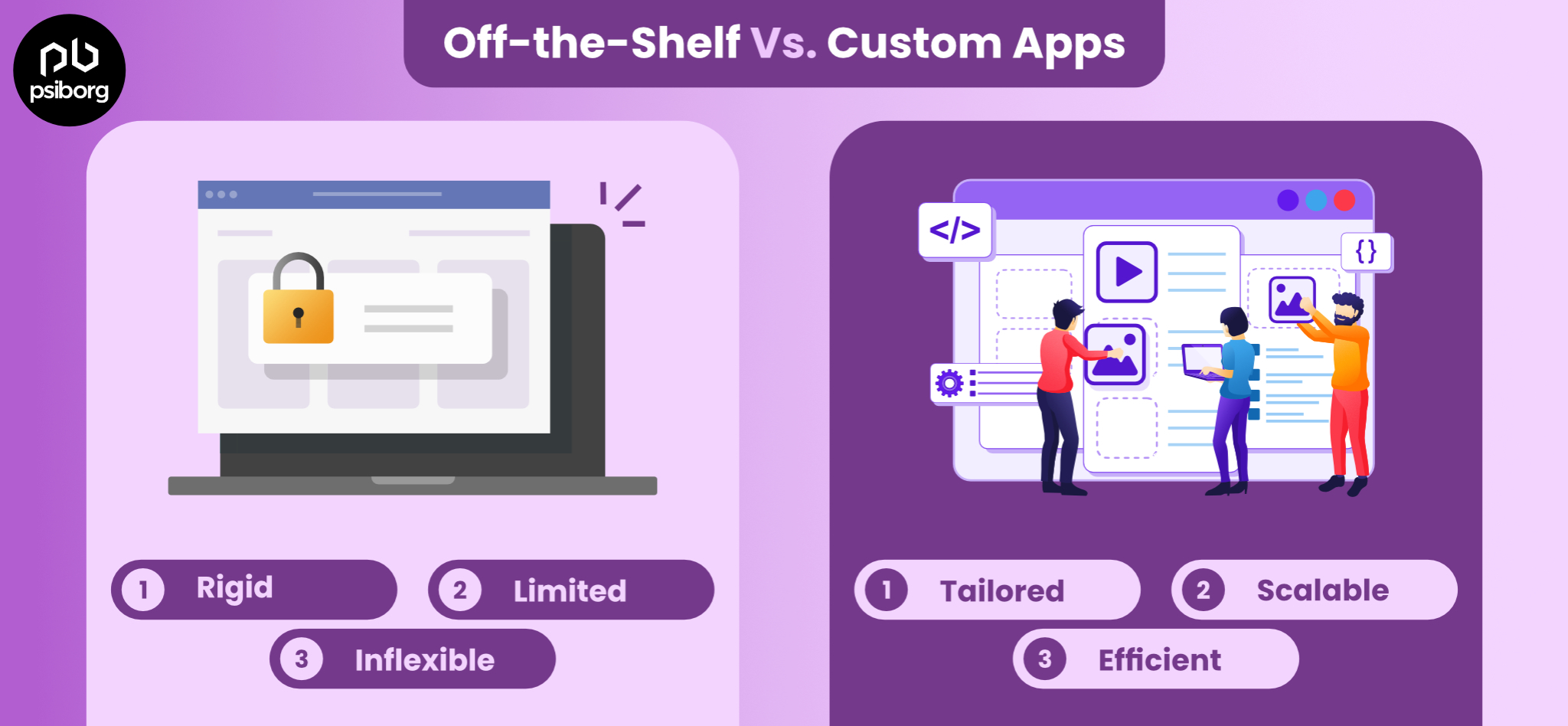With the rapid advancement and awareness of IoT solutions among the public, we can witness companies releasing new innovative IoT products.
Businesses have started expanding their IoT product line, and daily new smart IoT products are being released in the market. Whether its smart watches, smart goggles, smart trackers, and several other items.
Since these smart IoT concepts have the potential to make our lives a little more efficient so why leave the money on the table?
But before this concept in the form of a product enters the market, it goes through a long process of tests, iterations, and validations. IoT pilot phases give an idea of the products’ feasibility before they shift to large-scale implementations.
As part of this IoT pilot phase, a major step is turning a concept into reality and launching it to the market through “rapid prototyping ”.
“Measure thrice, and cut once” is an old idiom. It means planning carefully to avoid future hassles.
Similarly, in the case of IoT product development, Rapid IoT prototyping and IoT pilot projects provide a way to test the complexity and real-world implementation of an IoT concept.
IoT pilot projects help remove the guesswork from IoT product development.
Let’s understand everything about IoT pilots.
What Does It Mean by IoT Pilot Projects?
In the field of IoT, the main purpose of developing IoT pilot projects and PoC (Proof of Concept) is to test how feasible the concept or idea is.
When a client comes to PsiBorg Technologies, an IoT service provider for IoT product development services, we explain to them the importance of developing an IoT pilot project and provide rapid IoT prototyping services as an essential part of the project.
Because in IoT products, certain components must work together to confirm that the prototype delivers what is required.
The goal of an IoT pilot is to quickly develop and assess early iterations of your intended IoT solution through an iterative process. It emphasizes speed and flexibility, allowing you to test core functionalities, identify potential issues, and refine your design before committing to full-scale development.
Deploying an IoT pilot project helps in understanding if the idea is achievable or not without spending too much time and resources.
Nevertheless, rapid prototyping and piloting of an IoT solution can be explained as the process of quickly creating and testing an initial “looks like” and “works like” version.
Thus, an IoT pilot project can be defined as the quick implementation of smart ideas that will help you explain your product to investors and test various technical solutions to prove your concept and bring it to reality.
Advantages of IoT Pilot Projects
IoT products are complex, and their development is always unpredictable. No matter how precisely all the steps you follow, there will always be some surprises that will pop up at the moment, quickly skyrocketing the entire product cost.
IoT piloting helps scale down the cost that occurs due to several such surprises.
No doubt, IoT piloting and rapid prototyping offer significant benefits across all stages of IoT product development. However, some of the benefits worth mentioning are:

1. Checking an IoT Product’s Functionality
By conducting IoT pilots, developers can quickly create physical models of an IoT device. This way, it gets easy to evaluate how the device will perform in real-world scenarios.
For instance, while developing a smart thermostat for a home automation solution, rapid prototyping can be done to test the connectivity of the thermostat with all smart home devices.
An IoT pilot project will help ensure that the smart device functions properly when controlled remotely through a mobile app.
So if any issue is detected at this stage, it can be addressed timely before mass production, thus ensuring the delivery of a reliable final IoT product.
2. Making Design Improvements
IoT pilots aid in repetitive testing and refining of the product’s design. An IoT product prototype is created to utilize the solution in both directions – form and function – leading to continuous improvements.
For instance, while developing a smart neck collar for a cattle health monitoring system, an initial prototype of the neck belt was designed.
Several sensors were included in the neck belt, along with GPS to track location. In the early stages of the IoT pilot phase, we realized that the belt was too bulky and uncomfortable for the cows.
Thus, we made some adjustments to the design. The belt was made thinner and the sensors were placed differently to provide better comfort and performance.
3. Reduce Production Cost With Early Testing
Early identification and resolution of potential issues help lower production costs.
For example, while developing the prototype for a smart shipment tracking solution, our team discovered that the battery life was insufficient and some other components were prone to failure.
So, we addressed these problems at the right time in the IoT pilot phase to prevent the costly redesigning and manufacturing errors that we might face in the future.
4. Testing of Various Materials
IoT piloting is done to experiment with different materials and identify the best option for the final product.
Here, take the example of a wearable kid’s tracker device. Initial prototyping is done to test the comfort of the band, the display, and the accuracy of the sensors. The wearable band could be prototyped using various materials, like rubber or fabric, to determine which is the most comfortable and durable.
Testing the prototype helps in getting feedback that is used to modify the band design and the product functionality.
Developing an IoT pilot project allows quick iteration and testing of these materials to make an informed decision.
5. Convincing Investors for Innovative Ideas
Having a successful product prototype can be used as a powerful weapon to secure a good investment. A prototype gives a physical representation of an innovative concept, thus making it easier for investors to understand and believe in your vision and your product potential.
Basically, seeing the prototype in action helps investors and users understand the smart product’s potential impact on the market.
How IoT Pilot Projects are Different from Other Use Cases?
When it comes to building an IoT solution, there is much more to build and test instead just a piece of hardware or software.
One IoT solution involves multiple components and associated technologies like sensors, wireless connectivity, cloud configuration, and user interface.
In addition, IoT pilots also include techniques and tools that are meant to accelerate the process, like ready-to-use solutions, and a broad set of libraries to support sensors, wireless components, communication protocols, and processing algorithms.
Steps to Build an IoT Pilot Project
Starting a business with a unique innovative IoT idea and making it a success involves lots of work.
But don’t worry, PsiBorg Technologies helps businesses succeed, by providing PoC to MVP development services and creating IoT pilots.
However, the important stages of building an IoT pilot project are:
1. The Planning Stage
Everything starts by doing the groundwork and clearly stating the business idea.
Don’t think of doing a Big Bang, start slow.
Start with developing a Proof of Concept (POC). Perform a series of small pilot projects, to scale up. Because scalability is always a big challenge in IoT projects.
Doing several small IoT pilot projects will give valuable insights at an early stage.
2. The Execution Stage
Connecting systems and building an IoT device need expertise or help from experts. The best step is to get help from IoT solution providers.
IoT product development service providers help you in building an IoT pilot project with POC by understanding your requirements.
After having an IoT pilot in hand, you will have a meaningful report with lots of useful data. Now you have to boil all this down to something usable so that executives can drive decision-making with it.
The collected data will help you understand if the IoT idea is feasible or not. Plus, the pilot components can be replaced with those that conform to the requirements.
3. The Evaluation Stage
At this stage, you evaluate the plan you created initially. You test and validate the prototype.
Testing an IoT pilot project in the real world is the best way to check its viability.
After testing in the real world, your development team must be on hand to make design iterations based on real-world use. This will maximize the benefits of the IoT pilot project.
And if things align, you can start testing the scalability by making sure that you can move the prototype into mass production.
Summing up,
Your business can also enter the world of IoT innovation through our IoT pilot project development services. Our skilled team brings your IoT concepts to life with small-scale IoT pilots to validate their feasibility and their real-world impact.
With nearly a decade of experience in IoT solution development, PsiBorg Technologies has developed a wide variety of smart IoT solutions across almost all industry verticals. This extensive experience of developing a wide range of modules enables us to provide rapid IoT prototyping.
Our vast experience and expertise in IoT product development means we can fluently turn your innovative IoT concepts into reality, ensuring high-quality and reliable solutions tailored to your needs.
Partner with PsiBorg Technologies to experience our comprehensive skillset and watch your innovative idea come to life successfully.
Contact us today to experience the benefits of working with IoT experts.
FAQs
In IoT Pilots, IoT technology is implemented in order to evaluate its feasibility, performance, and impact. This facilitates the identification of technical challenges, the assessment of user acceptance, and the refinement of the solution before it is shifted to the mass-produced stage.
IoT prototyping fastens development by allowing quick validation and iterative improvement. Early detection of technical and usability issues reduces overall costs and time-to-market. As a result, IoT solutions become more user-friendly through frequent testing, feedback, and adjustments.
The stages of proof of concept (PoC) in IoT include:
- Ideation
- Feasibility Study
- Prototype Development
- Testing and Validation
- Evaluation




